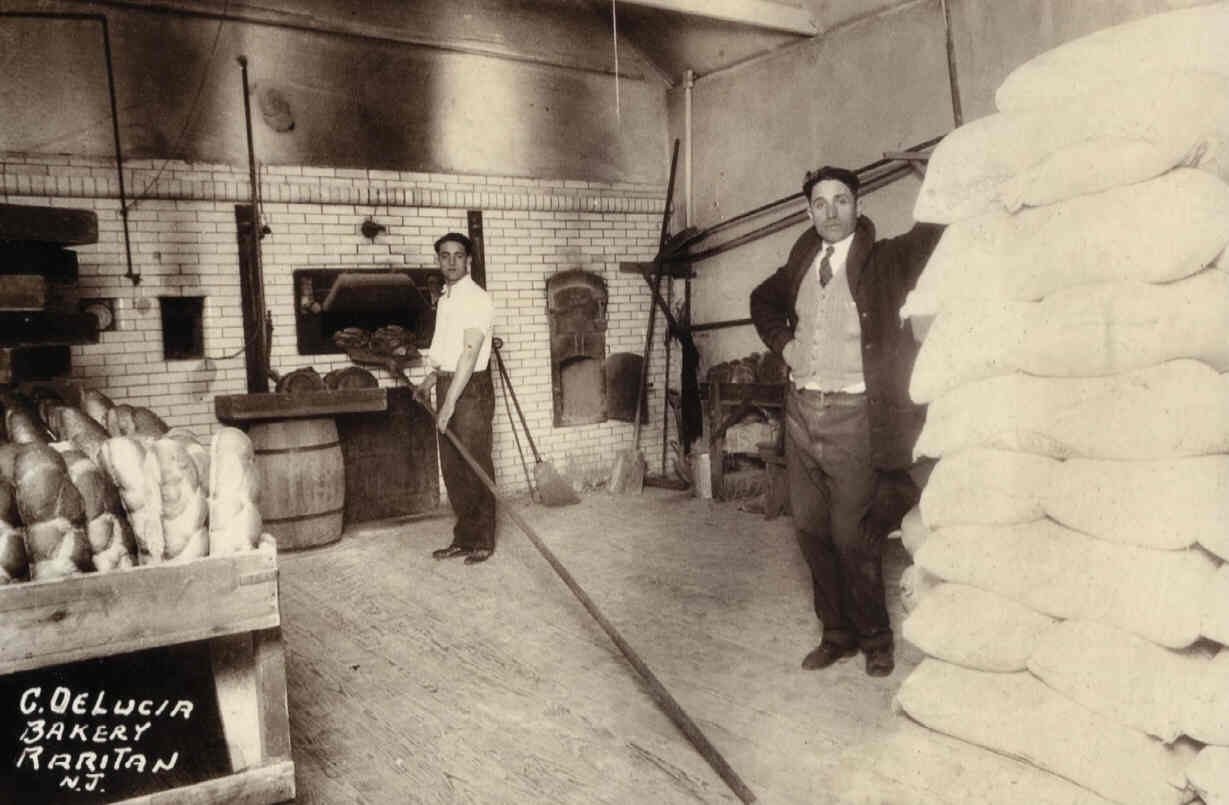
In 1917 founder Costantino De Lucia started the business which began as a bakery.
(Pizza was not popular in the U.S. till the 1950s.)
click for full photo
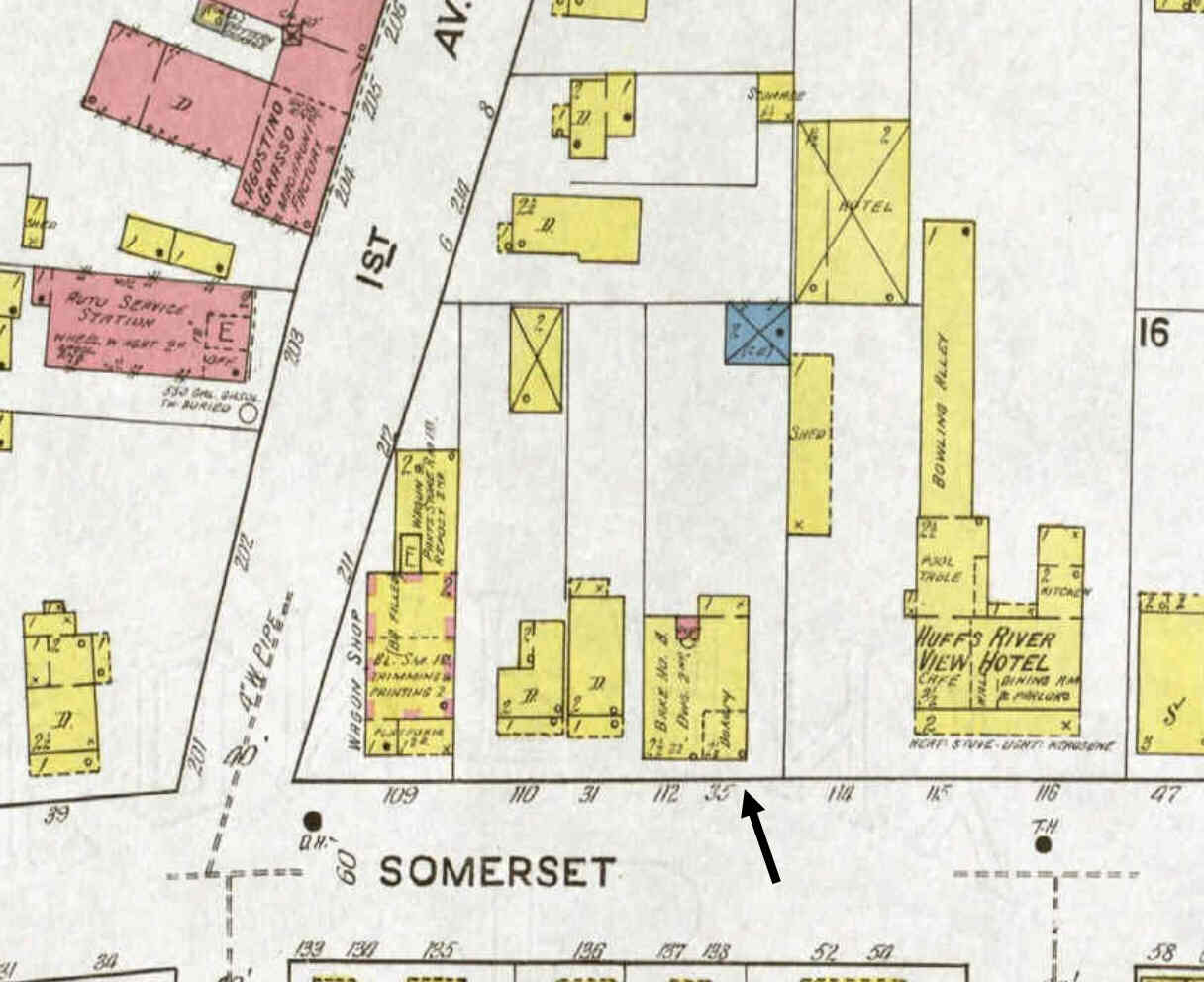
Records confirm that he first opened a bakery in Raritan in 1917. His initial place of business was right along Somerset Street in front of where the Liquor Savor store is today. That location had been a bakery since 1860. So it appears that Costantino took over that business. Records also seem to point out that his place of business then was also his home – a situation that was common back then. The building that held his first bakery is no longer standing. It was later a small apartment building and was knocked down around the late sixties when the current small shopping center was designed.
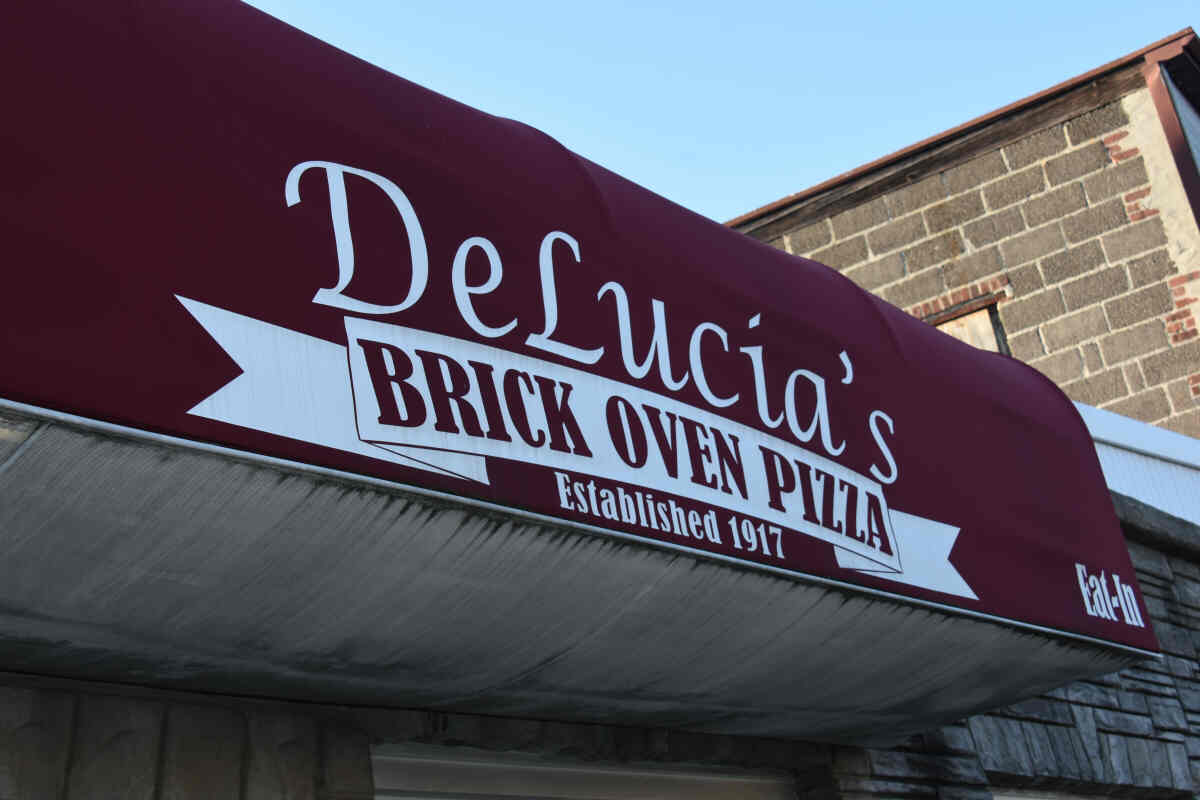
The 1919 business directory shows De Lucia’s Bakery at 171 W. Main Street in Somerville. That location was (diagonally) across from where “The Melting Pot” is today. (“The Regent Theatre” was then in the location of “The Melting Pot”.) Today the entire row of buildings that was on Delucia’s side of Main Street is now gone. It is just open area.
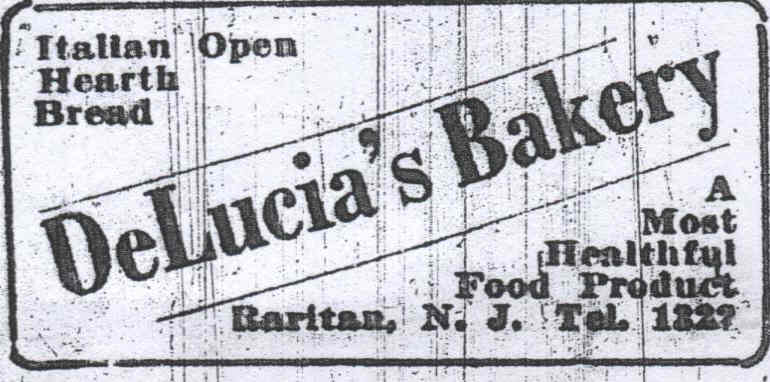
The 1927 business directory shows that he moved to 100 W. Somerset Street. That is the large house on the North-West corner of Somerset Street and First Avenue which is right next to Delucia’s Pizza’s present location. He would live and have his business at 100 W. Somerset Street for a year or two. Then he built the building that we know today next door at 1 First Avenue.
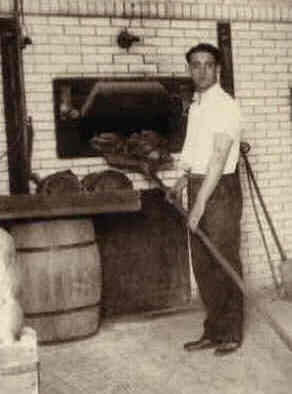
That original cooking technique designed way back when is still used today in the same brick oven. Over three million pizzas and countless millions of pieces of bread have been cooked in that oven. Today’s owner Christian De Lucia says that he does not know of any other place that cooks the way he does. Their way of cooking gives their pizza its unique taste.
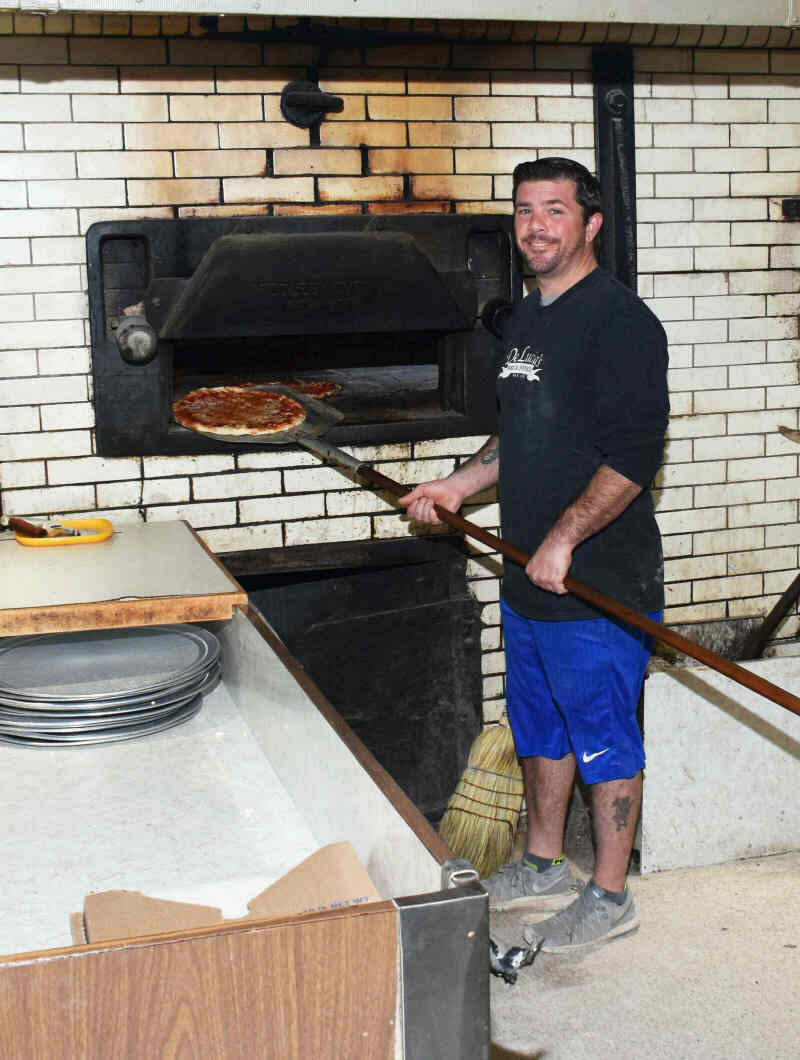
In its early days - the 1920s and 30s – the business directories list De Lucia’s as a “Wholesale Bakery” – meaning they provided other places large volumes of goods. That was in addition to the walk-in business where the public made small purchases. Family lure says that in the early years that their baked goods were delivered by a horse drawn cart to places as far away as Martinsville.
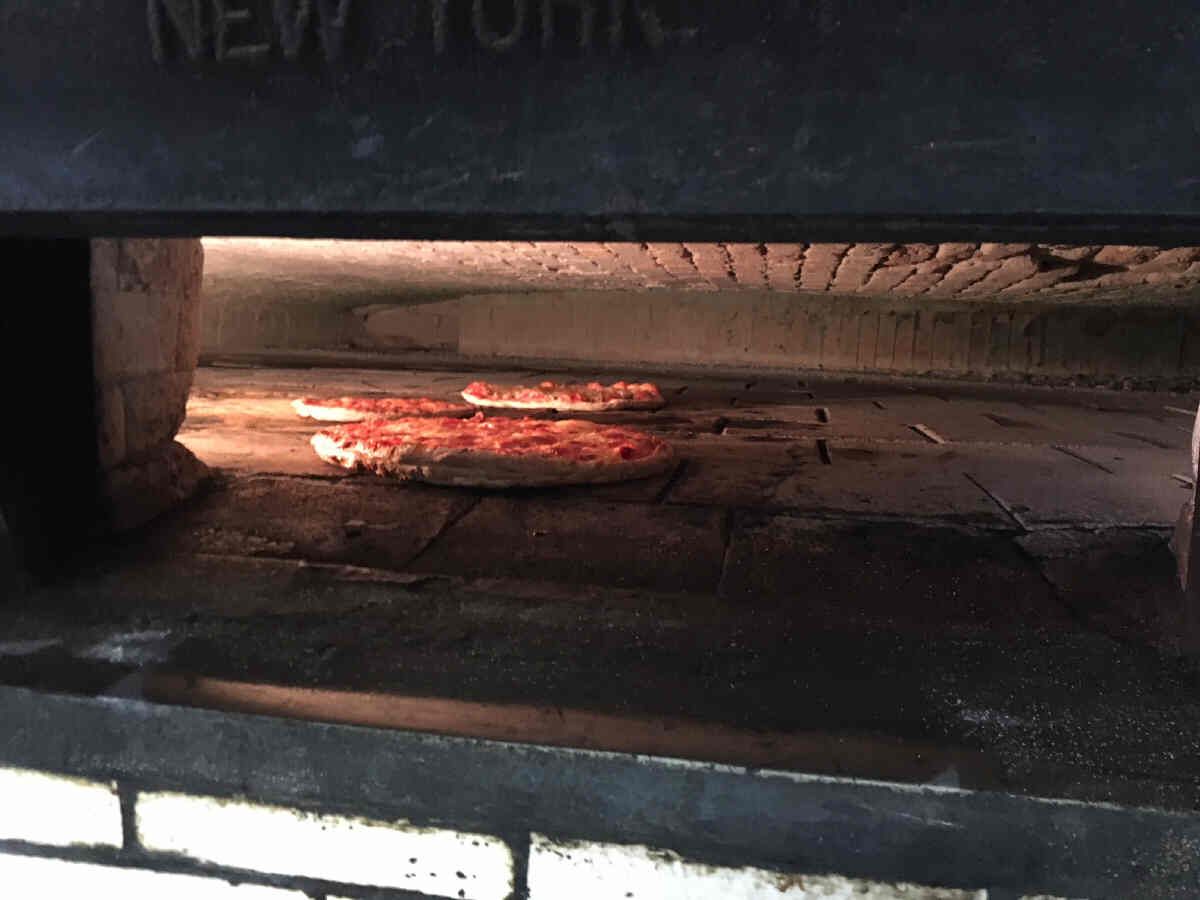
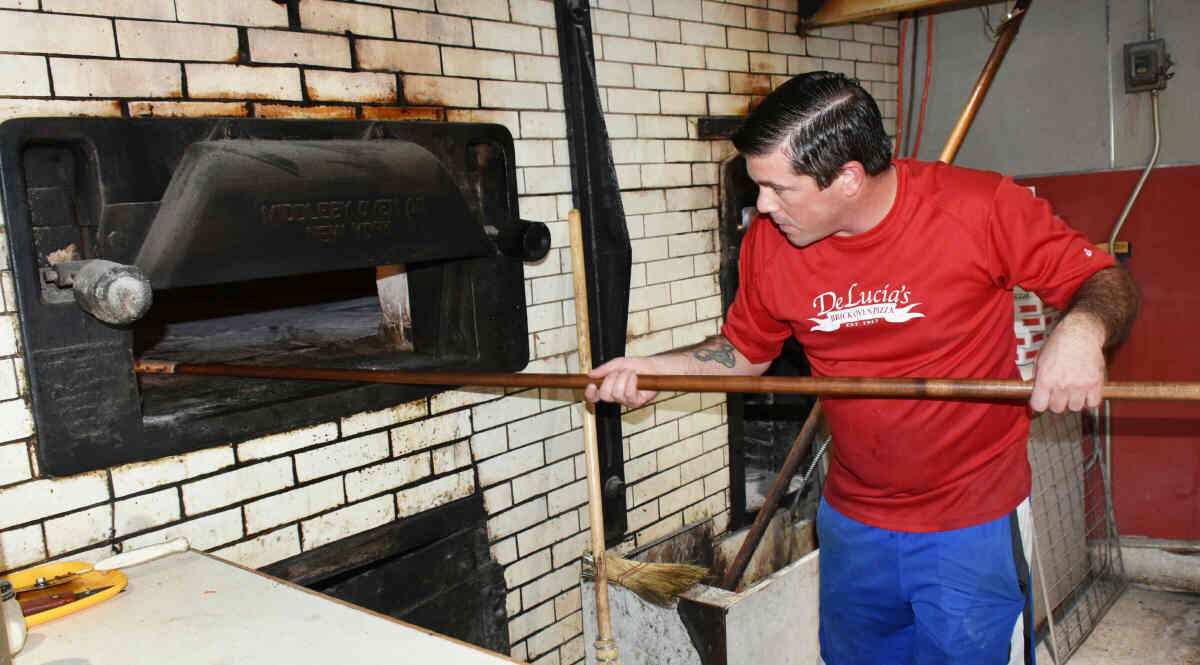
Today the business is run by Allie’s son Christian – the great-grandson of Costantino De Lucia. Christian says that he feels that he has a responsibility to continue the tradition of providing a good product to the community. He indeed does just that.

On the wall in the dining room is a portrait of its founder.
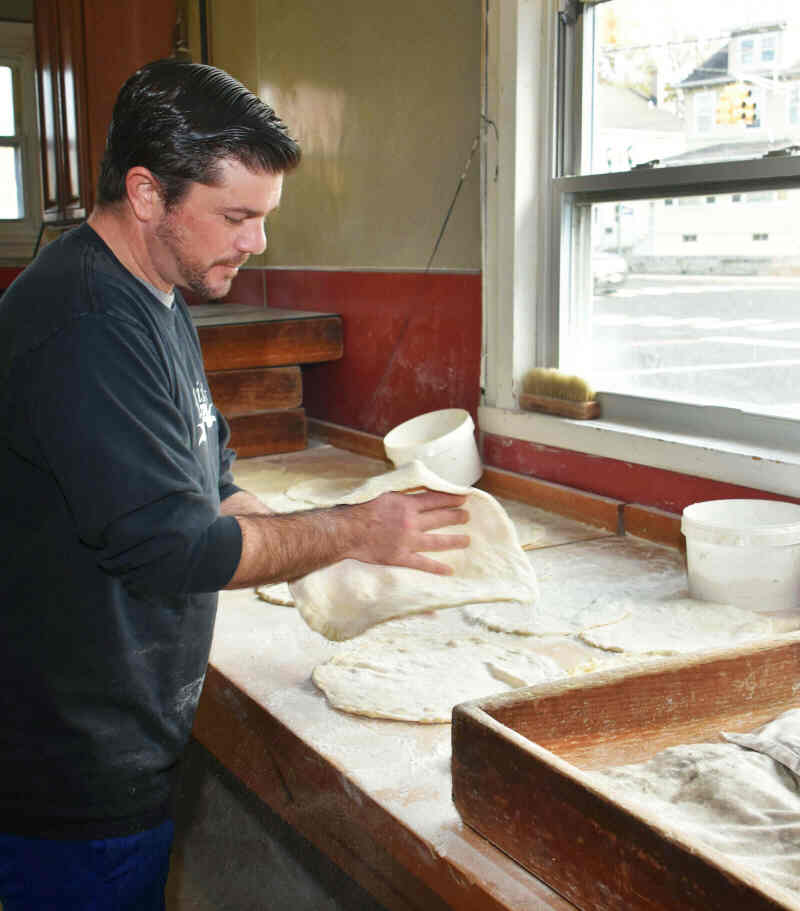
“dough bins” and “assembly table” that were used when that location first opened.